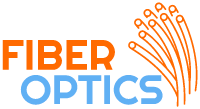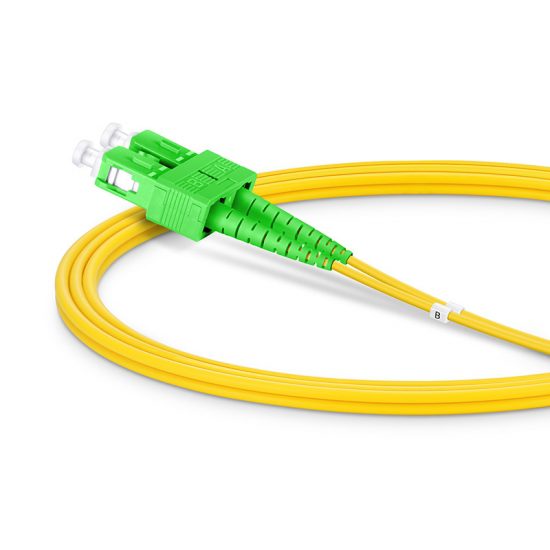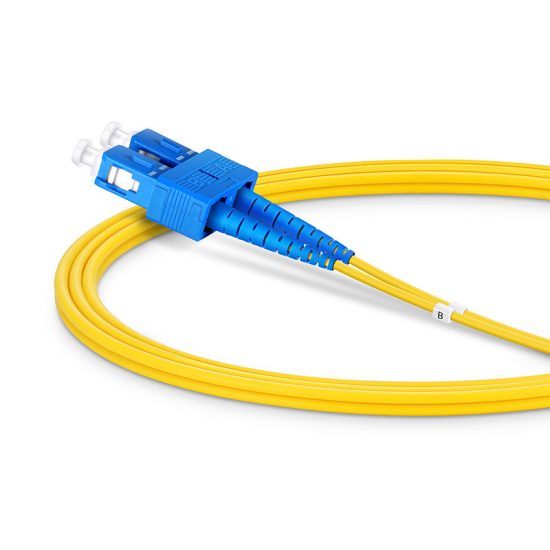Optical time-domain reflectometry (OTDR) is a widely used technique for testing and maintaining fiber optic cables. It is a non-intrusive method that uses a pulse of light to measure the attenuation and reflectance of a fiber optic cable. This technique can be used to locate and diagnose problems in the cable, such as breaks, splices, and connector issues.
The basic principle of OTDR is to send a pulse of light into the fiber optic cable and measure the reflected light at different points along the cable. The reflected light is known as backscattered light, and it contains information about the attenuation and reflectance of the cable. The OTDR instrument then uses this information to create a trace, which is a graphical representation of the attenuation and reflectance along the cable.
One of the key advantages of OTDR is that it can locate problems in the cable without the need for physical access to the cable. This is particularly useful for testing and maintaining cable that is buried underground or located in hard-to-reach areas. OTDR can also be used to test the entire length of a cable in a single test, which can save time and resources compared to other testing methods.
Another advantage of OTDR is that it can provide detailed information about the cable. For example, it can be used to determine the length of the cable, the location of breaks or splices, and the type of connector used at each end of the cable. This information can be used to plan and execute maintenance and repair work.
OTDR is also useful for testing newly installed fiber optic cables. It can be used to ensure that the cable has been installed properly, and that there are no issues that would affect the performance of the cable. This can help to prevent problems from arising later on and save time and resources in the long run.
There are several types of OTDR available on the market, each with its own set of features and capabilities. Some OTDRs are designed for use with specific types of fiber optic cables, such as single-mode or multi-mode fibers. Other OTDRs are designed for use in specific environments, such as harsh industrial environments.
When using an OTDR, it is important to understand the limitations of the instrument. For example, the resolution of the OTDR will affect the ability to locate small problems in the cable. Additionally, the distance range of the OTDR will affect the ability to test long lengths of cable. It is also important to consider the dynamic range of the OTDR, as this will affect the ability to measure both high and low levels of attenuation and reflectance.
In conclusion, optical time-domain reflectometry (OTDR) is a powerful technique for testing and maintaining fiber optic cables. It can be used to locate and diagnose problems in the cable, and provide detailed information about the cable. OTDR can be a cost-effective and efficient way to test and maintain fiber optic cables, and it is particularly useful for cables that are located in hard-to-reach areas. It is important to understand the limitations of the OTDR instrument when using it and choose the right one for the specific application.



